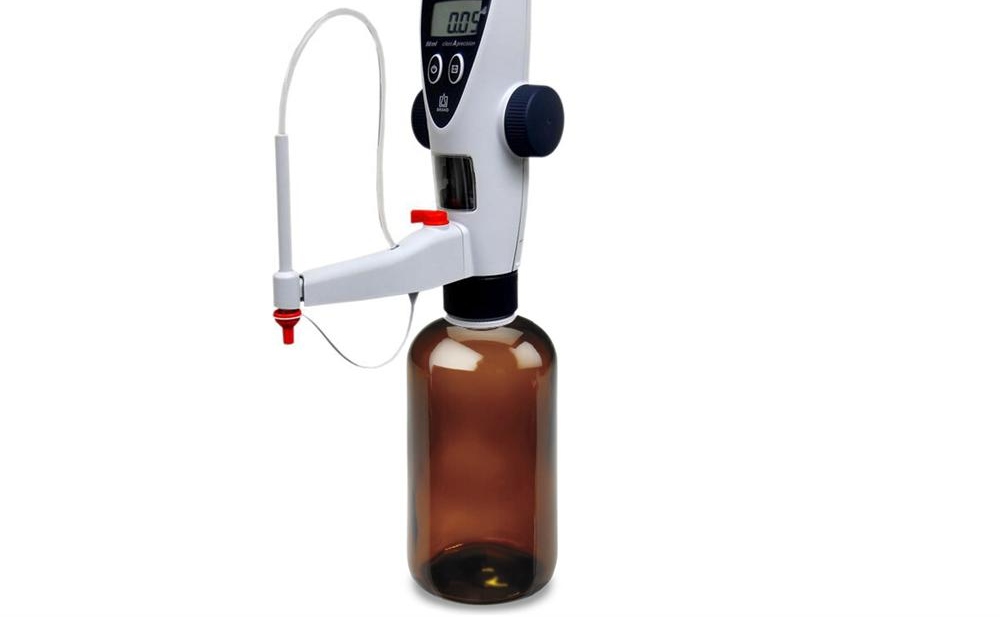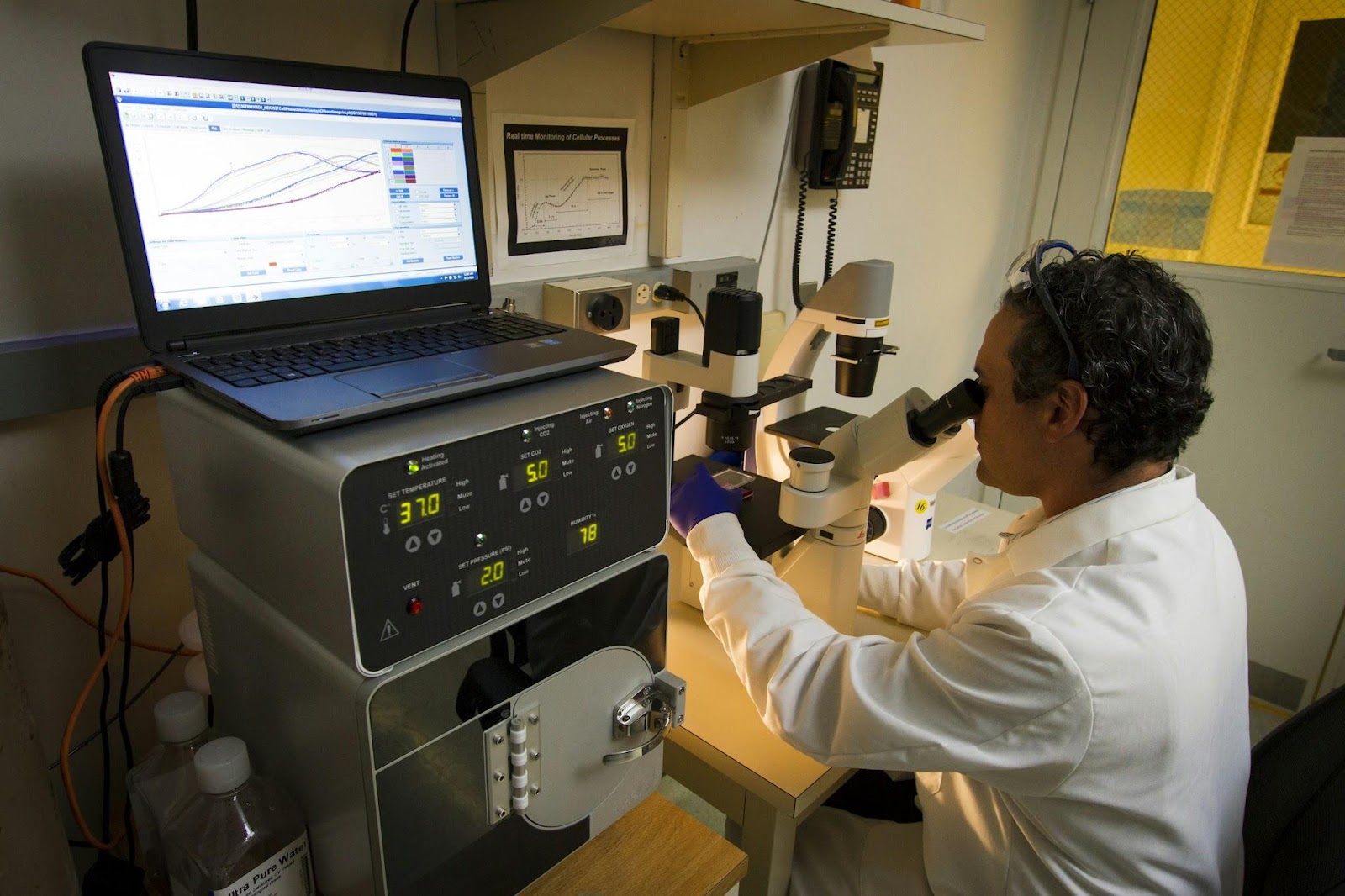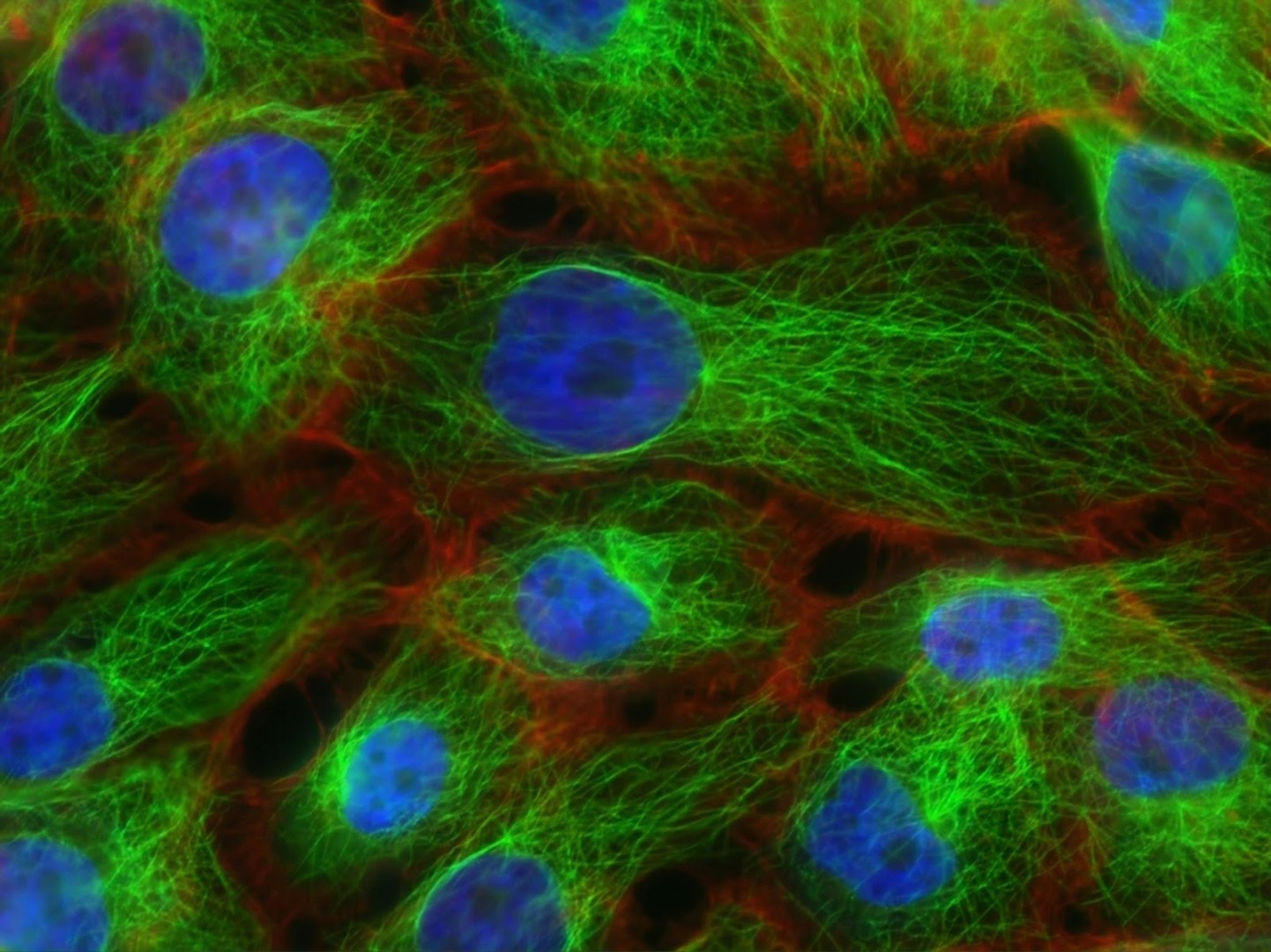Comments
- No comments found

Next-generation sequencing (NGS) provides faster and more accurate insights into genomic sequences than ever before, making it a vital tool in contemporary genetic research.
This field is consistently growing and by 2032, it is estimated that its market size will reach $29.7 billion.
However, the first stages of library preparation have a significant impact on the accuracy and efficiency of NGS. Automated liquid dispensers can help with this, providing a great improvement over human procedures.
Efficiency, accuracy, scalability, cost-effectiveness, and ergonomic safety are the five main advantages of incorporating an automated liquid dispenser solution into NGS library preparation and we elaborate on those in detail below.

Automatic liquid dispensers significantly expedite the process of setting up an NGS library by handling liquids quickly and precisely, tasks typically completed manually. A technician might spend several hours manually setting up various samples, with each step being prone to delays and unpredictability. In contrast, automated methods can process several samples at once and operate continuously.
Time savings are a major advantage of automated dispensers, as they can perform tasks in a fraction of the time it would take a human technician. This greatly reduces the amount of time needed for pipetting procedures. Additionally, the throughput of these systems is notable because they can handle many samples simultaneously, allowing them to manage exponentially more data. This capability is especially helpful in busy labs where accuracy and time management are vital.
For NGS to be successful, liquid handling precision is essential. Sequencing results can fluctuate significantly even with small variations in sample and reagent quantities. Automated dispensers play a crucial role in minimizing human errors when pipetting. Because they are programmed to deliver exact amounts, the variability associated with manual pipetting is greatly reduced.
Consistency is another key advantage of automated systems. They ensure that every activity is precisely repeated from one cycle to the next, which is essential for maintaining consistency between batches and experiments. This consistency is crucial for the reliability and accuracy of scientific results in high-throughput environments.
The need for NGS is increasing along with the extent of genetic research, thus labs are processing more samples without sacrificing quality. Liquid dispensers that are automated can be expanded to meet the demands of the laboratory.
Adaptability: They may be configured to manage varied liquid volumes and kinds, which allows them to accommodate various library preparation kits and procedures.
Expansion: To further streamline the workflow, automated systems can be connected to or expanded from other automated solutions, such as barcoders and cap handlers.
Automated liquid dispensers may initially cost more to operate, but the long-term benefits add up. For instance, automation saves labor hours required for each experiment, freeing professionals to work on more difficult jobs that are not automatable.
And accurate pipetting helps to minimize reagent waste and misuse, which over time can add up to a significant expense, particularly when using expensive reagents for NGS.

In addition to being time-consuming, repetitive manual pipetting puts laboratory workers at risk for occupational injuries from repetitive strain. Automation of monotonous tasks, such as pipetting, significantly reduces the physical demand on laboratory workers. This shift lowers the risk of repetitive strain injuries, which are common in environments that require prolonged and repetitive manual work. By introducing automated systems, labs can ensure a healthier working environment and decrease the incidence of musculoskeletal disorders, which are a leading cause of workplace disability.
Furthermore, removing the burden of repetitive tasks through automation not only alleviates physical strain but also enhances overall job satisfaction among laboratory personnel. Workers can redirect their efforts towards more challenging and rewarding tasks, such as data analysis, experimental design, and result interpretation. This shift can lead to greater intellectual engagement and personal growth, thereby boosting morale and reducing job turnover.
An important development in the field of genomics is the incorporation of automated liquid dispensers in the creation of NGS libraries. Through improvements in productivity, precision, scalability, affordability, and ergonomic safety, these systems are essential to facilitating more dependable and extensive genetic research. The need for faster, less expensive, and more accurate sequencing is growing, and this will make the automation of library preparation even more crucial as NGS technology advances.
Future developments will probably concentrate on further integrating automation across the whole genomic workflow to make it easier and faster than ever to complete.
Leave your comments
Post comment as a guest